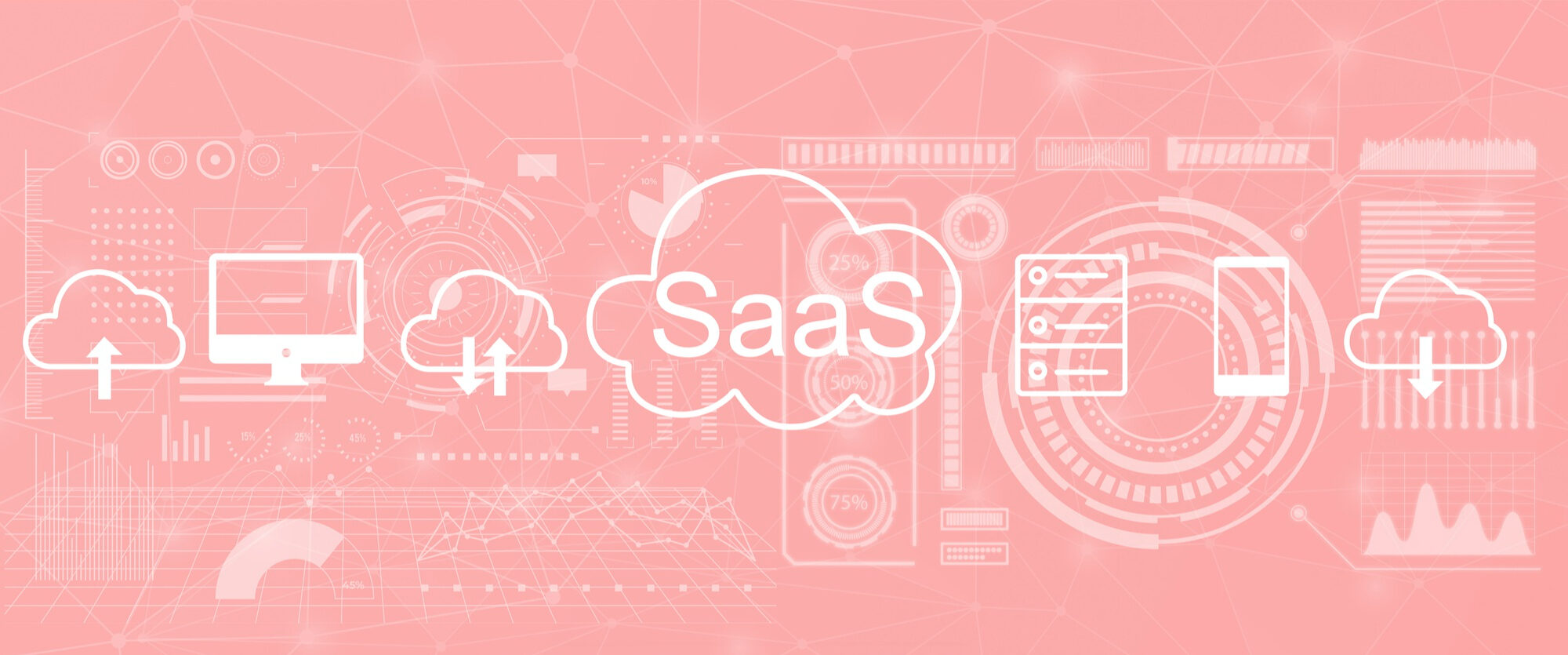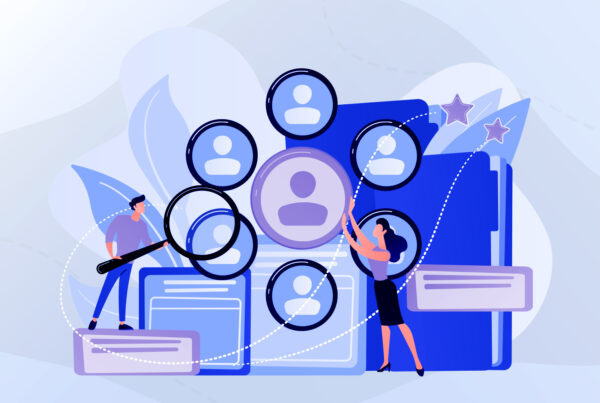SaaS businesses should prepare for another turbulent year. As we look ahead to 2023, the global economy is predicted to deteriorate under the weight of high inflation rates, causing a fall in consumer confidence. Despite economic uncertainties, digital adoption among consumers and businesses will continue. Here are some of the top Software-as-a-Service (SaaS) trends that are expected to shape the industry in 2023:
2023 SaaS Trends #1: AI-Powered Automation Tools
More advances in artificial intelligence and automation technology are predicted to drive a new wave of SaaS trends that will fundamentally change how companies interact with customers. AI-powered automation has already become an integral part of many businesses, from customer service chatbots to predictive analytics.
In 2023, AI technology is expected to evolve further and expand into more complex tasks such as automated workflow management and natural language processing. But the biggest changes in the generative AI space are going to be in pricing, quality, and scale.
AI-driven copywriting tools are also expected to be one of the most promising niches in the AI space. SaaS tools like Jasper, Wordtune, and CopyAI will enable companies to reduce costs by automating content production tasks, freeing up employees for more creative work.
2023 SaaS Trends #2: Low-Code and No-Code Platforms
Low-code development tools are becoming increasingly popular. The low-code application platform (LCAP) market is forecasted to reach $10 billion this year, a growth of 25% from 2022.
Low-code and no-code platforms are a great way to quickly create applications that can be used to improve processes, increase efficiency, and reduce costs. These tools enable people of any skill level to build applications without having to do all the coding work themselves. This means businesses can save time and money while allowing them to jumpstart their digital transformation efforts quickly.
Varsha Mehta, the Senior Market Research Specialist at Gartner, says the rise of low-code and no-code adoption is due to the increasing demand for operational optimization, widening skills gap, and mounting financial challenges among businesses.
These SaaS tools offer an efficient solution for businesses, allowing them to rapidly develop applications with minimal investment in time or resources. They can be used by almost anyone with basic coding knowledge, making it possible for anyone from developers to business analysts or end users to create customized applications tailored to specific needs.
Mehta predicts that the popularity of low-code and no-code solutions like Appian, Kissflow, and Mendix will continue to grow beyond 2023 as more companies discover their advantages.
2023 SaaS Trends #3: Metaverse
Jean Lawrence, the Vice President of Marketing and Communication at Nokia, predicts that SaaS will become even more expansive, integrating with a new technology currently in its infancy: the metaverse.
The metaverse is a shared virtual world where people can interact and collaborate digitally — similar to how we use social media today. It has the potential to offer unparalleled opportunities for businesses, from remote collaboration to increased customer engagement.
With the rise of mixed reality technologies like augmented and virtual reality, companies will be able to create immersive experiences within the metaverse for their customers. This could mean product demos taking place in virtual showrooms or customers being able to interact with each other in unique ways never before possible.
But here’s the catch— Most SaaS tools in the market today won’t work in the metaverse. The platform requires purpose-built, flexible networks with low latency to create truly immersive experiences.
Mature SaaS systems are built to simplify networks and workflows, improve outcomes, and accelerate operations. SaaS tools will likely be reoriented to work in the metaverse.
2023 SaaS Trends #4: Decoupling and Unbundling
SaaS is frequently delivered in bundled form, which means that distinct capabilities are combined into discrete packages. These packages provide users with more features in higher tiers (and greater pricing).
However, in recent years, many SaaS providers have adapted to packaging and pricing models that allow customers to choose the features they want and find the most valuable.
Decoupling refers to the separation of a product or service from its supporting infrastructure cloud services. This allows companies to customize their offerings more easily by extracting certain features or components of their SaaS products into separate services than can be reused across different projects.
Unbundling, on the other hand, involves breaking down software suites into individual functions so that customers can pick and choose which services they need.
By doing this, customers are able to benefit from greater flexibility and cost savings by only paying for what they actually use. This trend is likely to continue, as vendor lock-in is regarded as a significant barrier to SaaS adoption.
2023 SaaS Trends #5: SaaS Solutions for Vertical Industries
Another emerging trend for 2023 is the growing use of SaaS tools in vertical industries. Unlike off-the-shelf applications that must be adapted to fit a particular use case, vertical SaaS solutions are tailored specifically to meet the needs of each industry. This translates into cost savings for businesses by streamlining processes, integrating data sources more effectively, and boosting operational efficiency across departments.
Verticals such as healthcare, finance, and retail have been most successful in leveraging SaaS solutions because it allows them to access better tools at a lower cost than traditional enterprise software.
Additionally, SaaS applications can be deployed quickly and easily – often within days rather than months or years – enabling companies to get up and running faster than ever before.
Final Thoughts
2023 is sure to bring a number of changes and improvements to the SaaS industry. We will see an increasing focus on artificial intelligence, a greater emphasis on low-code and no-code platforms, and more SaaS solutions within vertical industries. Businesses must take advantage of these new trends to remain competitive and maximize their success in this ever-evolving digital landscape.
Want to take your SaaS business to the next level? Jarvis can help!
Jarvis are global leaders in SaaS jobs recruiting and SaaS recruitment services. We have successfully sourced and recruited expert SaaS professionals for businesses of all sizes, ranging from startups to big corporations. We help you find the right candidate for the job.
Discover the latest SaaS jobs and industry news by following us on LinkedIn.
Get in touch with us today, and let’s work together to make your business the success it should be.




